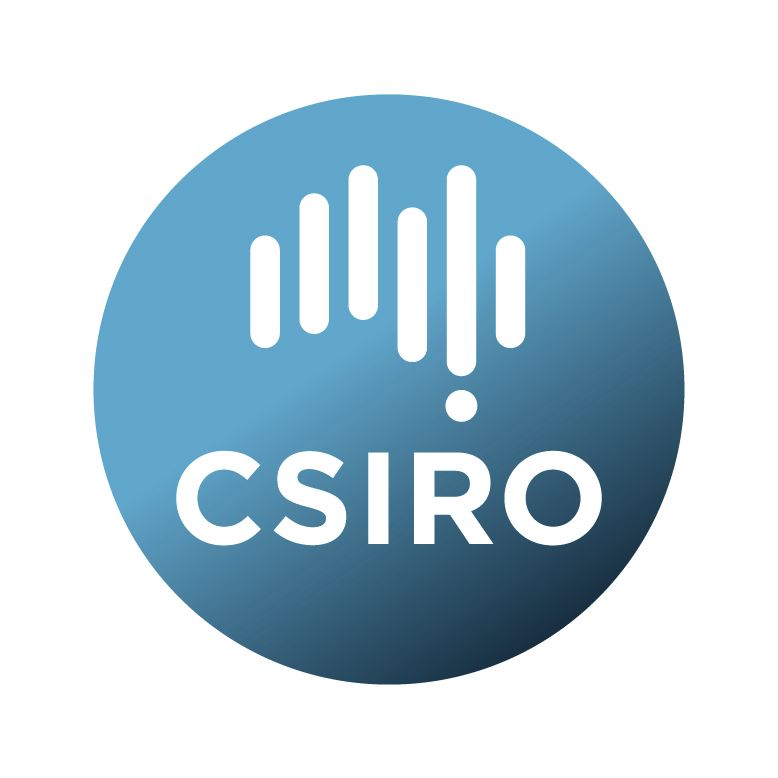Brief description
SUPERBx looks at the highest Galactic latitudes in a search for pulsars and fast radio bursts (FRBs). We use optimised GPU codes and supercomputing to search for these, making discoveries in real time. Handling our data as it comes in is essential for the SKA Phase I era so this work applies directly to the high-data rates of next generation telescopes. Our pulsar discoveries are typically nearby scintillating sources, intermittent sources and those in interesting binary systems. Our FRB discoveries have discovery lags of ~1 second, rather than months/years and these feed rapid alerts to the world-wide follow-up community via a dedicated VOEvent format an Astronomer's Telegrams. The goal of this is to allow localisation of the discovered FRBs. This is key for identifying FRB host galaxies, so as to solve the mystery of their progenitors and to exploit their many uses as tools for precision cosmology measurements.Available: 2019-05-29
Data time period: 2019-04-01 to 2019-09-30
Subjects
Astronomical Sciences |
Astronomical Sciences Not Elsewhere Classified |
BPSR |
HIPSR |
P892_2019APRS |
Physical Sciences |
compact binaries and/or black-holes |
interstellar medium in and around the Milky Way |
magnetic fields |
neutron stars |
pulsars |
User Contributed Tags
Login to tag this record with meaningful keywords to make it easier to discover
Identifiers
- DOI : 10.25919/5CECD311F13CE

- Handle : 102.100.100/130884

- URL : data.csiro.au/collection/csiro:39919



